The 1970s were a golden age for filmmaking, but not every sequel from the era got the recognition it deserved. While some follow-ups fizzled, others shined, offering compelling stories, memorable performances, and worthy continuations of their predecessors. These overlooked gems might not have garnered the same acclaim as their originals, but they’re well worth revisiting. Let’s dive into 12 overlooked movie sequels from the ’70s that were surprisingly good.
1. Escape from the Planet of the Apes (1971)
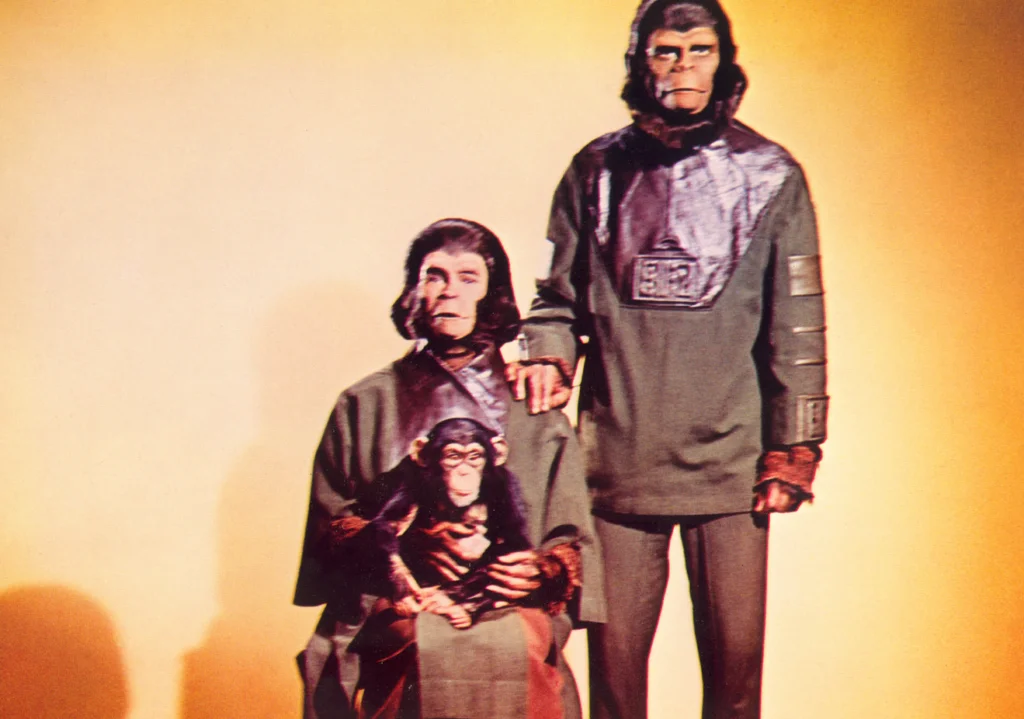
While the original Planet of the Apes is often heralded as a sci-fi masterpiece, this third entry in the series took a unique approach by flipping the narrative. Instead of humans exploring a world ruled by apes, Escape from the Planet of the Apes brought the apes to 1970s Earth. The story followed Cornelius and Zira as they navigated human society, blending social commentary with humor and heart.
Though it lacked the groundbreaking twist of the original, this sequel offered a fresh perspective, tackling themes of fear and prejudice with surprising poignancy. The chemistry between Roddy McDowall and Kim Hunter elevated the film, making it a standout in the series. Despite being overshadowed by its predecessors, it remains a thoughtful and entertaining chapter in the franchise.
2. The Return of the Pink Panther (1975)
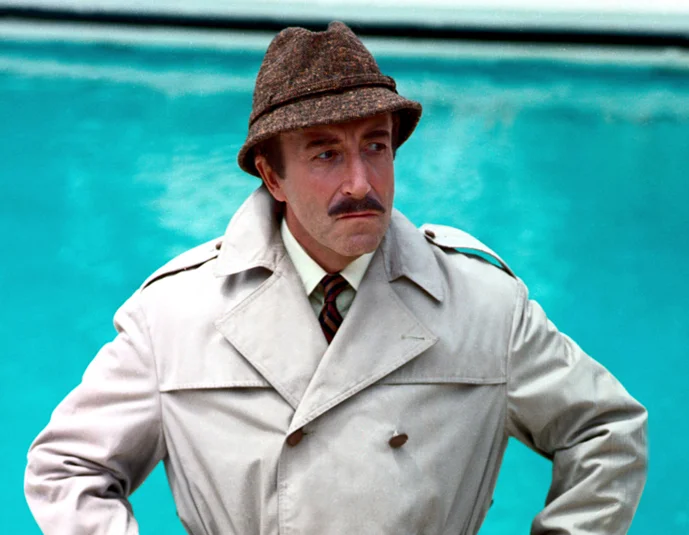
After a lukewarm third installment, The Pink Panther series roared back to life with this fourth entry, bringing Peter Sellers back as the bumbling Inspector Clouseau. The film’s success lay in Sellers’ impeccable comedic timing and the clever script, which returned to the mix of slapstick and sophisticated humor that made the original so beloved.
The plot, involving the theft of the famous Pink Panther diamond, was secondary to the gags and physical comedy that had audiences in stitches. While it may not have been as groundbreaking as the first film, The Return of the Pink Panther proved that sequels could recapture the magic, cementing Clouseau’s status as an iconic character.
3. Beneath the Planet of the Apes (1970)

Often overshadowed by its predecessor, this direct sequel to Planet of the Apes delved deeper into the dystopian world. The story introduced Brent, another astronaut who discovers the ruined Earth, along with a bizarre society of underground mutants worshiping a nuclear bomb.
Though darker and more surreal than the original, Beneath the Planet of the Apes expanded the franchise’s lore in fascinating ways. The ending, shocking and apocalyptic, left audiences reeling. It’s a sequel that took bold risks, even if it didn’t achieve the same cultural impact as the first film.
4. The Outlaw Josey Wales (1976)
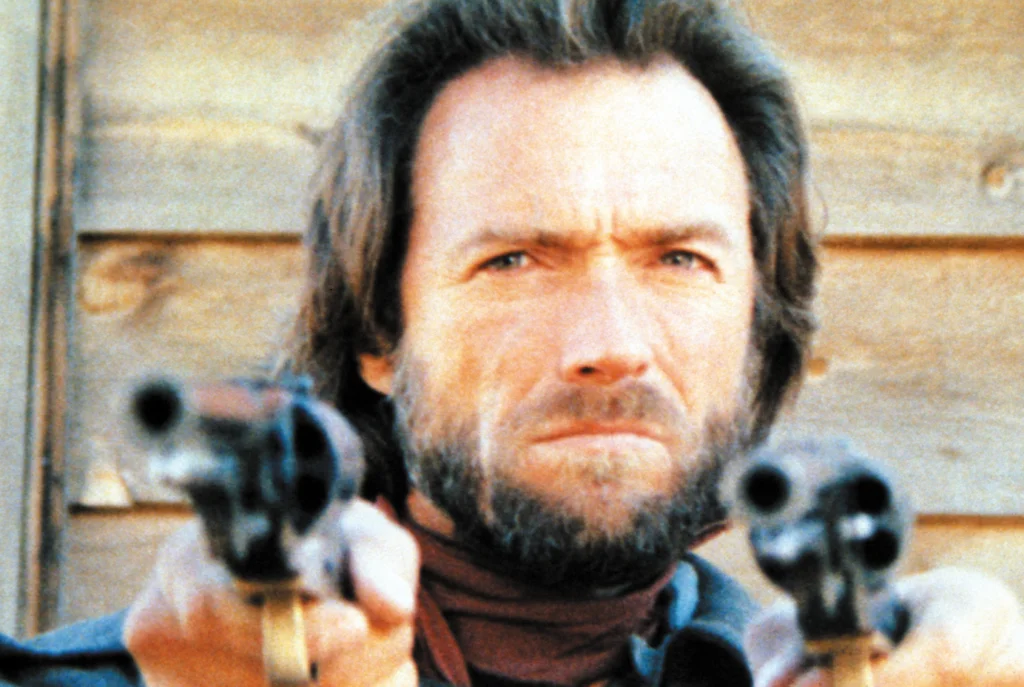
A follow-up of sorts to Clint Eastwood’s earlier Westerns, The Outlaw Josey Wales was based on the novel Gone to Texas. While not a direct sequel, it felt like a spiritual continuation of themes explored in films like A Fistful of Dollars. Eastwood’s portrayal of a Confederate soldier-turned-outlaw seeking revenge was both gritty and deeply human.
The film’s thoughtful exploration of loyalty, redemption, and survival elevated it beyond a typical Western. Though it didn’t receive the same immediate recognition as Eastwood’s other works, it has since been celebrated as one of his finest films, a hidden gem among the Westerns of the ’70s.
5. Diamonds Are Forever (1971)
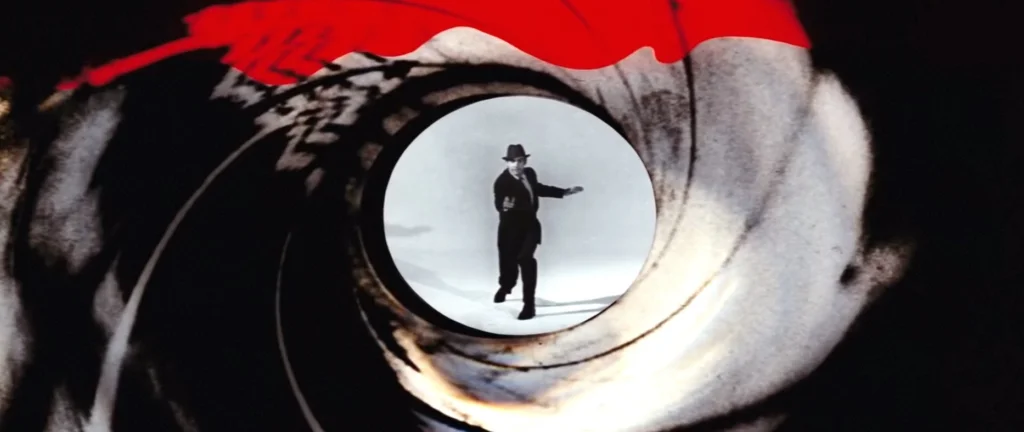
After George Lazenby’s single outing as James Bond in On Her Majesty’s Secret Service, Sean Connery returned to the role for Diamonds Are Forever. This film marked a shift back to the more playful tone of earlier Bond adventures, leaving behind the emotional weight of its predecessor. With a plot revolving around diamond smuggling, a satellite weapon, and plenty of Bond-style intrigue, it offered a mix of glamour and action that delighted fans.
Though often overshadowed by Connery’s earlier Bond classics like Goldfinger, Diamonds Are Forever had its own charm, thanks to Connery’s effortless charisma and memorable villains like Mr. Wint and Mr. Kidd. The film’s Las Vegas setting added a dash of neon glitz, while the theme song by Shirley Bassey became an instant classic. While not always given its due, this sequel remains an entertaining and essential chapter in the Bond franchise.
6. The Towering Inferno (1974)
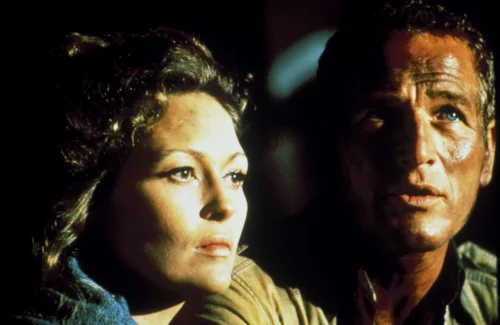
This follow-up to The Poseidon Adventure continued the disaster movie craze, featuring an all-star cast including Steve McQueen, Paul Newman, and Faye Dunaway. The story centered on a luxury skyscraper engulfed in flames, delivering nail-biting suspense and groundbreaking special effects.
While often lumped in with other disaster flicks of the time, The Towering Inferno stood out for its gripping narrative and stellar performances. It may not have the same name recognition as its predecessor, but it’s a sequel that more than delivered on the thrills.
7. The Godfather Part II (1974)

Although now recognized as one of the greatest films of all time, The Godfather Part II was initially seen as an ambitious risk. Francis Ford Coppola expanded the story of the Corleone family, offering both a prequel and sequel in one. The film explored Michael’s descent into darkness while delving into Vito’s origins, creating a rich tapestry of storytelling.
While the first film is often more celebrated for its groundbreaking impact, Part II is a masterclass in character development and narrative complexity. Its initial reception was strong but has only grown in stature, proving that sequels can be just as powerful as the originals.
8. Battle for the Planet of the Apes (1973)
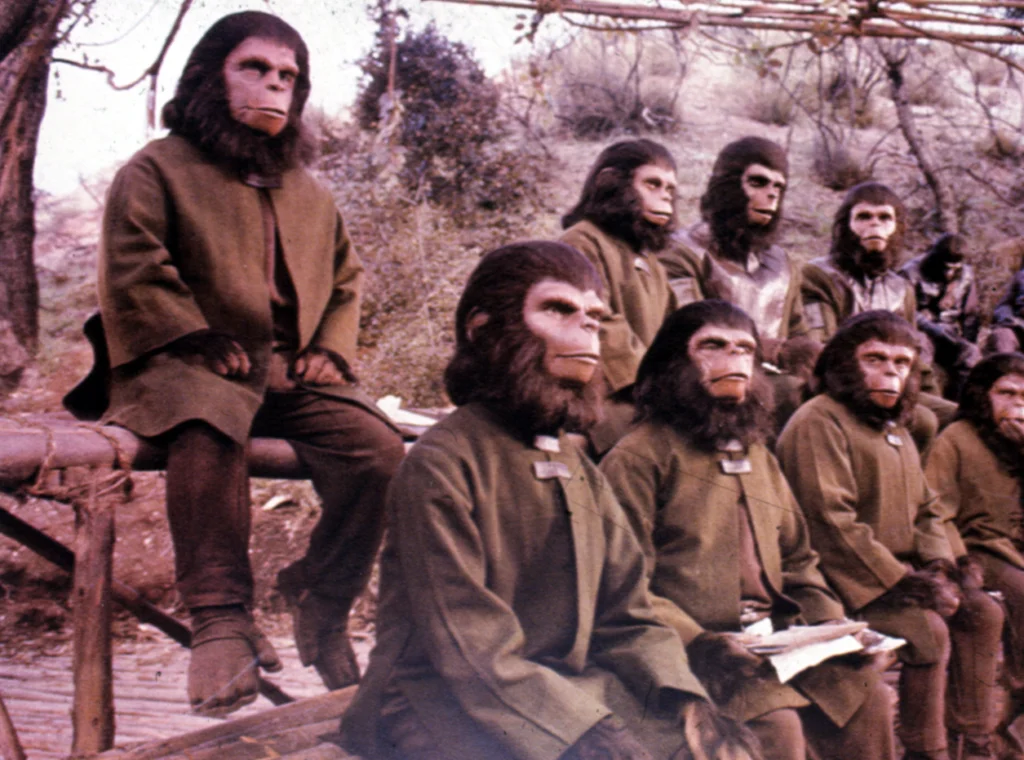
The final installment in the Planet of the Apes series brought the story full circle, showing the uneasy coexistence of humans and apes in a post-apocalyptic world. While critics dismissed it as a weaker entry, fans appreciated its attempt to tie up the franchise’s themes.
Though it lacked the bombastic twists of earlier entries, Battle for the Planet of the Apes offered a thoughtful exploration of leadership and morality. It’s a sequel that may have been overlooked but remains a fitting end to the original saga.
9. Rocky II (1979)
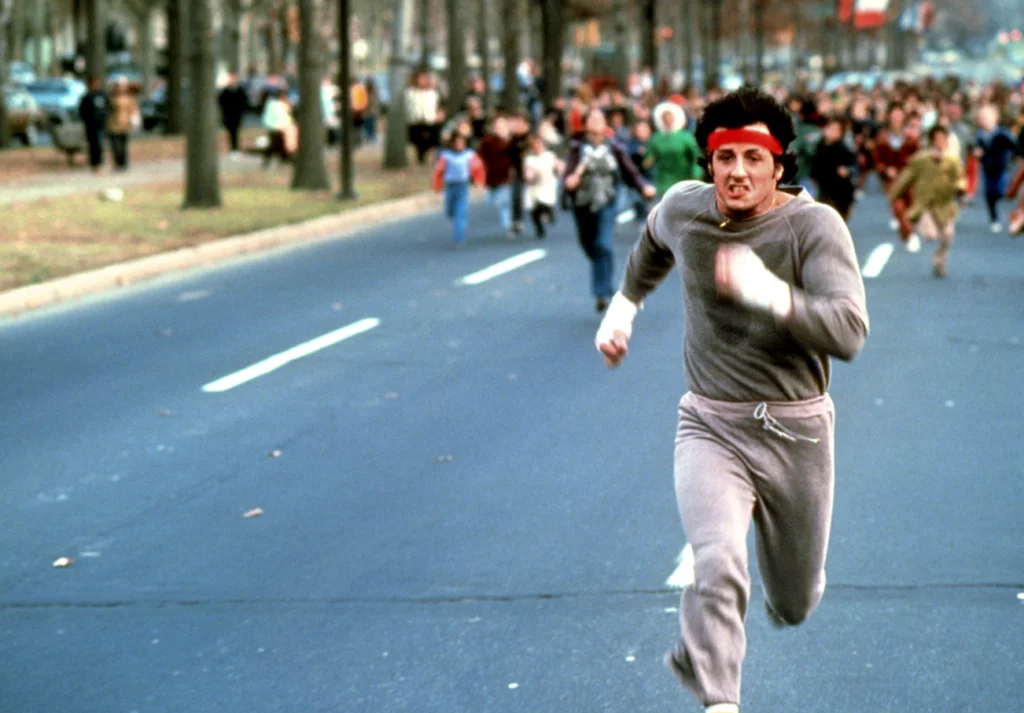
Following the massive success of Rocky, its sequel had big shoes to fill. Rather than rehash the first film, Rocky II continued the story with depth and heart, exploring Rocky’s struggles to balance fame, family, and his love for boxing. The climactic rematch with Apollo Creed was just as thrilling as the original’s fight, if not more so.
While it’s often overshadowed by the first film, Rocky II proved that sequels could build on their predecessors’ success. It’s a reminder that underdog stories never go out of style.
10. More American Graffiti (1979)
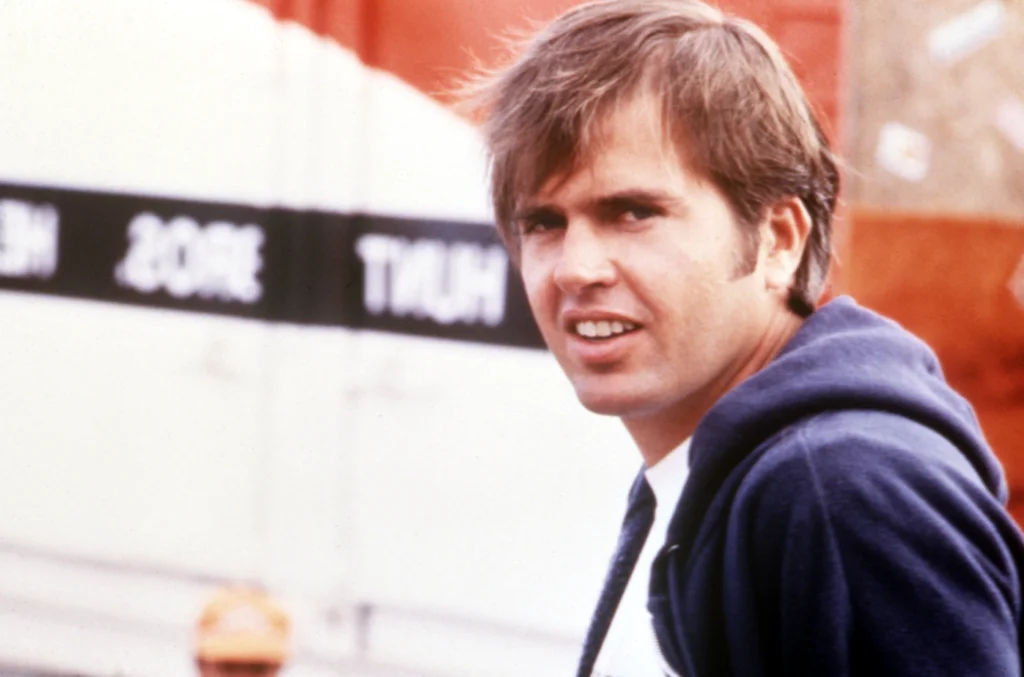
Following up George Lucas’s nostalgic hit, More American Graffiti continued the story of its beloved characters, exploring their lives in the turbulent ’60s. The sequel used a unique storytelling approach, presenting multiple narratives with distinct visual styles.
Though it didn’t achieve the same success as the original, it offered an intriguing glimpse into the changing world of its characters. Fans of the first film will appreciate this overlooked gem for its bold choices and emotional resonance.
11. Return to Witch Mountain (1978)
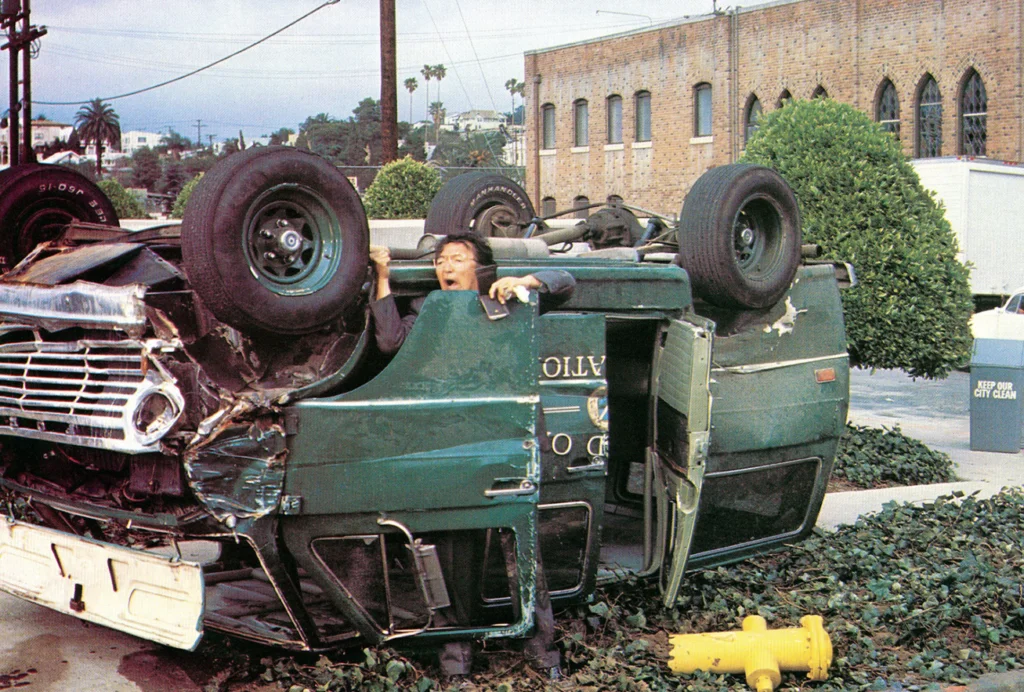
This sequel to Disney’s Escape to Witch Mountain took the original’s sci-fi charm and added more action and suspense. Tony and Tia returned with their mysterious powers, facing new threats that kept audiences on the edge of their seats.
While it didn’t gain the same recognition as the first film, Return to Witch Mountain was a delightful adventure that captivated young audiences. It remains a nostalgic favorite for those who grew up with Disney’s live-action films.
12. Magnum Force (1973)
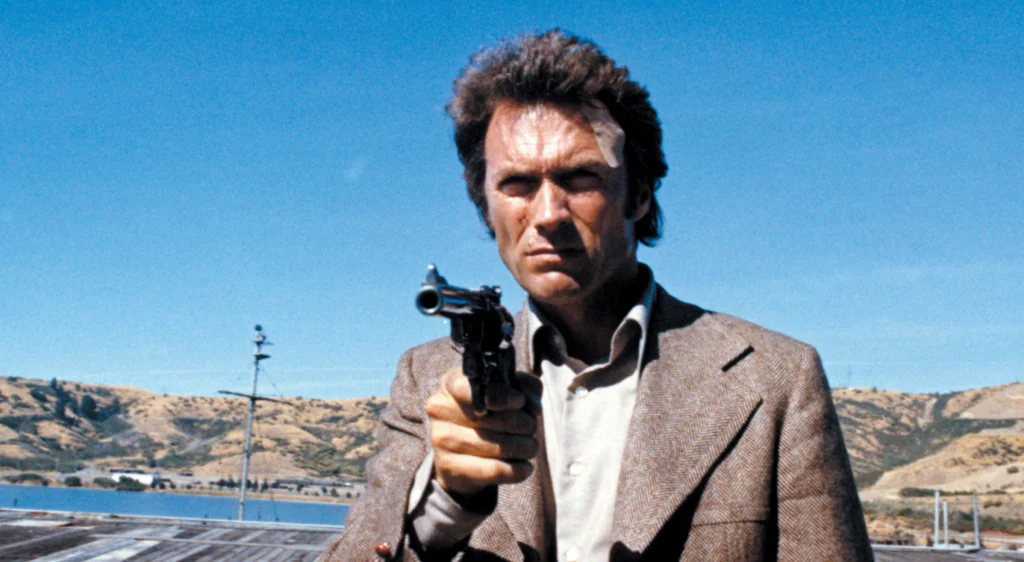
The second installment in the Dirty Harry series saw Clint Eastwood reprising his role as the tough-as-nails cop. This time, Harry Callahan investigated a group of rogue officers taking the law into their own hands. The film balanced thrilling action with moral ambiguity, offering a deeper look at its iconic character.
Though it was overshadowed by the original, Magnum Force was a strong sequel that expanded the series’ themes. It’s a gripping entry in the franchise that deserves more recognition.
From unexpected gems to bold storytelling, these sequels prove that sometimes, the follow-up is just as good—if not better—than the original. Revisit these hidden treasures for a fresh appreciation of ’70s cinema.


